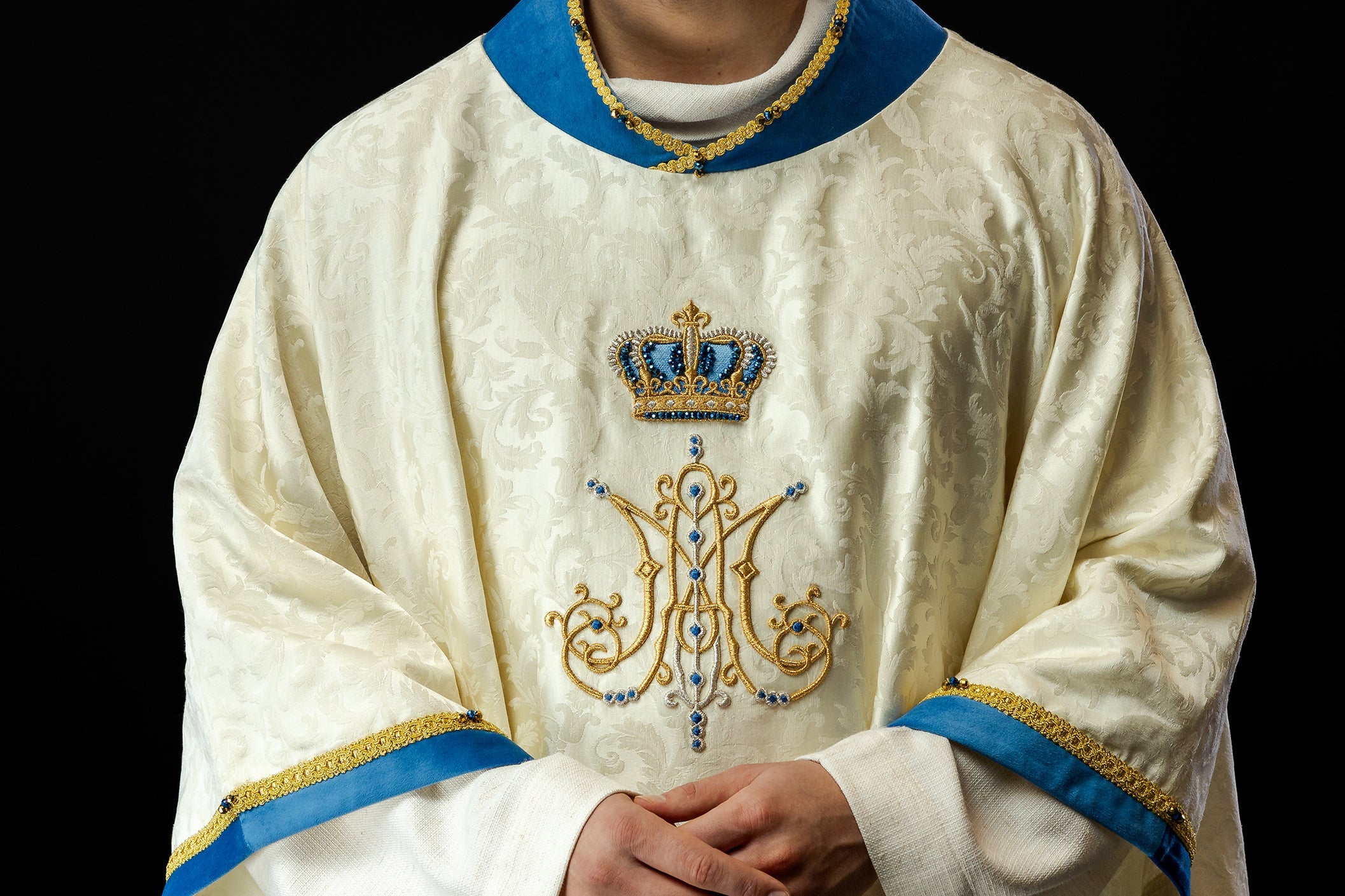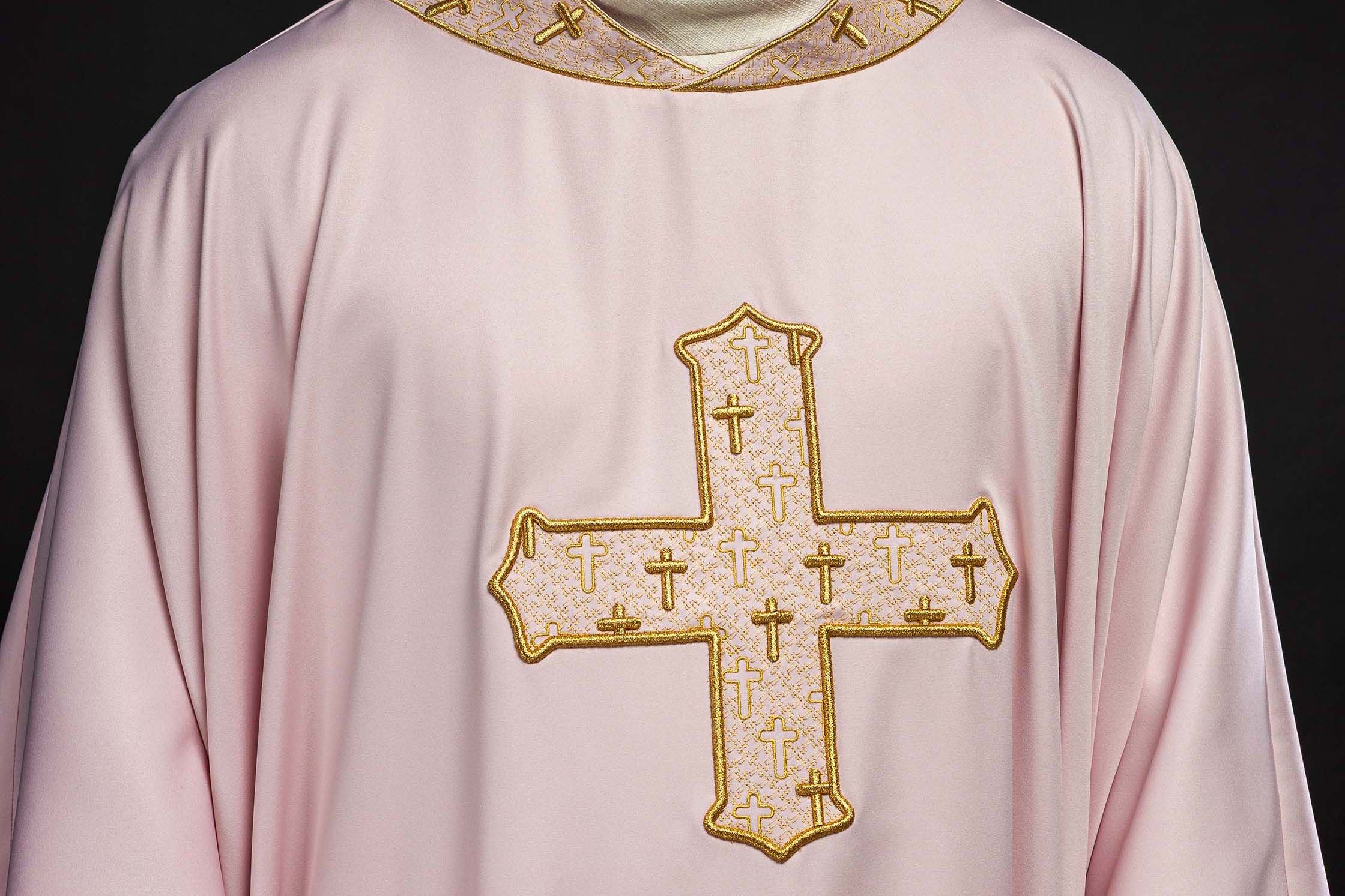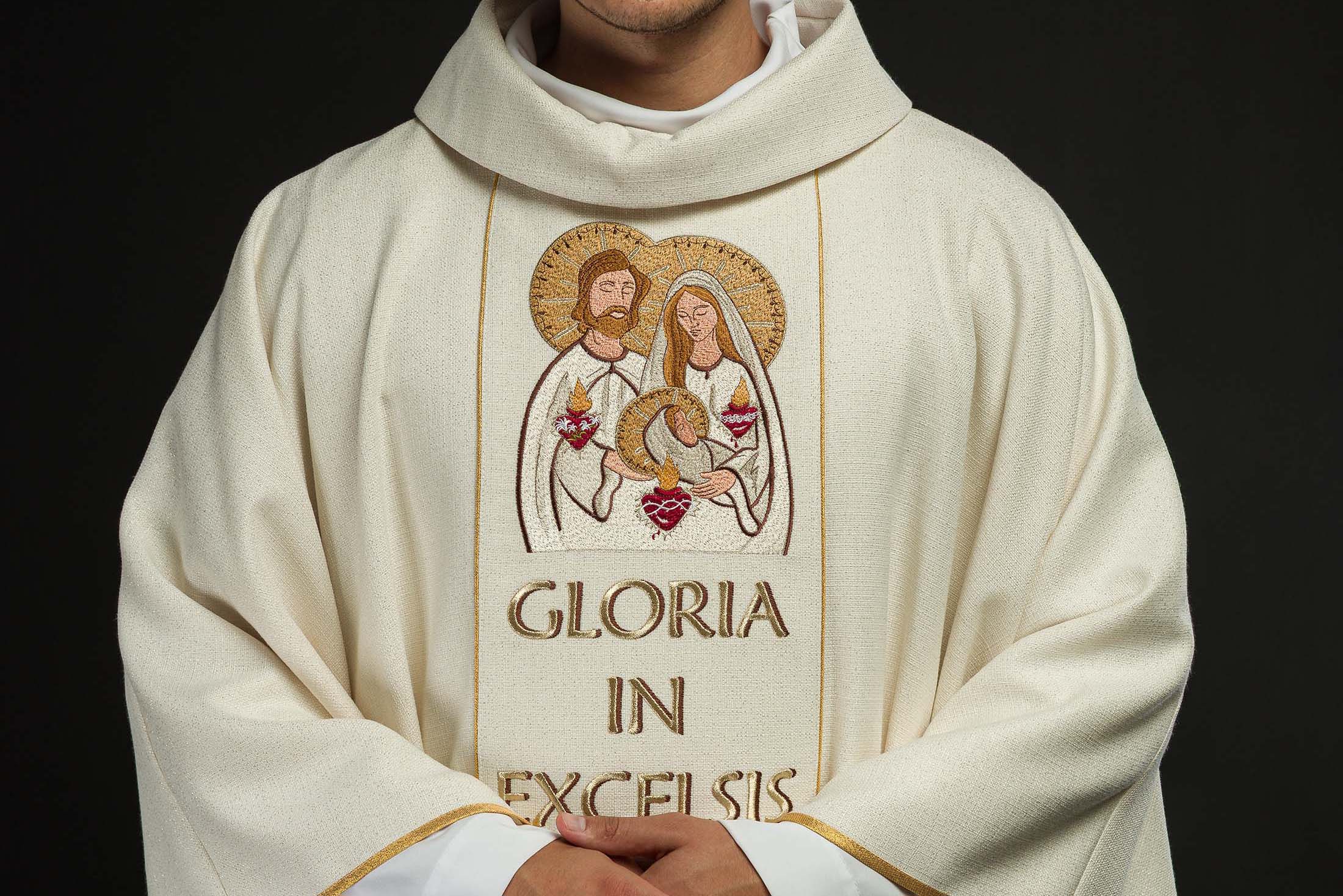
Marian Feasts – Liturgical Calendar and Guidelines: A Comprehensive Guide
Marian Feasts – Liturgical Calendar and Rules: A Comprehensive Guide
In the heart of the Catholic faith, the Mother of God holds a special place. Her life, virtues, and role in the history of salvation are celebrated through numerous Marian feasts, which are inscribed in the liturgical calendar of the Church. Knowing these days, their significance, and liturgical rules allows for a deeper experience of the mysteries of faith and showing reverence to Mary, the Mother of Jesus and our Mother.
Marian Feast Calendar – key dates and their significance
The Catholic Church distinguishes a number of feasts dedicated to the Mother of God, which are obligatory, memorials, or solemnities. Each of them emphasizes a different aspect of her life and spirituality, bringing the mystery of the Incarnation and Mary's motherhood closer to the faithful.
January 1 – Solemnity of Mary, Mother of God
The first day of the calendar year is a feast in honor of Mary as the Mother of God (Theotokos). It emphasizes Mary's central role in the history of salvation and her dignity. It is an opportunity to give thanks for her motherhood and intercession.
March 25 – Solemnity of the Annunciation of the Lord
Celebrated nine months before Christmas, this feast commemorates the moment when the Archangel Gabriel announced to Mary that she would become the Mother of the Son of God. It is the moment of the beginning of the work of salvation and an expression of Mary's freedom and obedience to God.
May 31 or the nearest Saturday – Feast of the Visitation of the Blessed Virgin Mary
This feast commemorates Mary's visit to her relative, Elizabeth. It shows Mary as the one who hurries to help and brings Christ to the world. It also emphasizes the sacramental dimension of the Church and the relationships between people.
August 2 – Feast of Our Lady of the Angels (Conception of St. John the Baptist)
Although the name may suggest a connection with the Angels, this feast focuses on the birth of St. John the Baptist. However, Mary was present at this event, and the Franciscan tradition associates this day with obtaining the indulgence of Porziuncola, which emphasizes Mary's role as a mediator of graces.
August 5 – Anniversary of the Dedication of the Basilica of Santa Maria Maggiore (Memorial of the Blessed Virgin Mary of the Snow)
This is a commemoration of the dedication of one of the oldest Roman temples dedicated to the Mother of God. Tradition associates the creation of the basilica with a vision of snow on a summer night, which emphasizes Mary's purity and innocence.
August 15 – Solemnity of the Assumption of the Blessed Virgin Mary (Our Lady of Herbs)
One of the most important Marian feasts, celebrated in memory of Mary's physical taking up to heaven after the end of her earthly life. It is a dogmatic feast, proclaimed by the Church, emphasizing her special adoration and role as Queen of Heaven and Earth.
August 22 – Feast of the Queenship of the Blessed Virgin Mary
A feast established after the dogma of the Assumption, emphasizing Mary's royal dignity. It is a day of honoring Mary as the Queen of angels, saints, and all creation.
September 8 – Feast of the Nativity of the Blessed Virgin Mary
This feast commemorates the birth of Mary, who is the gate of salvation and the beginning of a new covenant. It is a joyful feast, announcing the coming of Christ.
September 12 – Feast of the Holy Name of Mary
This feast, although rooted in the 16th century, reminds us of the strength and power of Mary's name, which is a source of consolation and hope for believers.
September 15 – Memorial of Our Lady of Sorrows
This day focuses on Mary's suffering at the foot of the cross, when she shared the pain of her Son. It emphasizes her maternal compassion and strength in the face of tragedy.
September 24 – Memorial of Our Lady of Mercy
A feast associated with the cult of Our Lady of Mount Carmel, the Patroness of the Carmelites. The scapular is a symbol of Mary's care and her promise of salvation for those who wear it with faith.
October 7 – Memorial of Our Lady of the Rosary
A day dedicated to the Rosary prayer, which is particularly close to the Mother of God. It promotes the contemplation of the mysteries of Christ's life in spiritual unity with Mary.
November 21 – Presentation of the Blessed Virgin Mary
Commemorates the traditional presentation of Mary in the temple as a child. It is a symbolic presentation of her dedication to God from an early age and preparation for her future mission.
December 8 – Solemnity of the Immaculate Conception of the Blessed Virgin Mary
The dogma of the Immaculate Conception states that Mary was preserved from all stain of original sin from the moment of her conception. It is a key element of Marian theology, emphasizing her purity and holiness.
Liturgical Rules for Celebrating Marian Feasts
The celebration of Marian feasts is characterized by specific liturgical elements that emphasize their unique character. According to liturgical regulations, these feasts may be celebrated with the use of liturgical vestments in appropriate colors, as well as with the use of Mass formularies dedicated to the Mother of God.
Color of liturgical vestments
The basic color of liturgical vestments on Marian feast days is **white or gold**, symbolizing joy, purity, light, and triumph. In the case of some feasts, such as the Memorial of Our Lady of Sorrows, the use of vestments in **blue or purple** is permitted, referring to the period of penance and reflection on Mary's suffering.
HAFTINA TEXTILE GROUP SP. Z O. O., which offers a wide selection of chasubles, copes, albs, stoles, and altar linens, offers products made of the highest quality materials, decorated with intricate embroidery referring to Marian symbolism. You will find chasubles with Marian motifs, embroidered images of the Mother of God, as well as sets of altar linens with symbols such as IHS, the Cross, the Host, or Ears of Wheat, which can be a perfect complement to the liturgy during Marian feasts.
Mass Formularies
Each Marian feast has its own appropriate Mass formulary, which contains special texts of prayers (introductory, after communion) and a preface, emphasizing the mystery of the feast. The text of the Mass often contains references to Mary as the Mother of the Savior, her virtues, and her role in the work of redemption.
Liturgy of the Hours
During the Liturgy of the Hours, especially in the case of Marian solemnities, special antiphons, psalms, and readings are recited, which deepen the understanding of the theological dimension of the day being celebrated. These prayers often refer to texts from the Holy Scripture that speak of Mary.
Vestments and accessories with Marian motifs
HAFTINA TEXTILE GROUP offers a wide selection of liturgical vestments decorated with embroidery referring to the Mother of God. These include:
- Chasubles with Marian embroidery: Depicting images of the Mother of God, Marian monograms, symbols of Her purity and immaculate conception.
- Stoles with embroidery: Often decorated with IHS and Marian motifs, or depicting scenes from the life of the Mother of God.
- Altar linens: Sets consisting of a purificator, corporal, pall, and veil, often embroidered with Marian symbols, such as Mary with the Child, the Heart of Mary, or the Rosary motif.
- Veils for the chalice and ciborium: Delicate fabrics decorated with embroidery that adds charm and emphasizes the spiritual character of the liturgy.
The choice of liturgical vestments with Marian motifs is an expression of reverence for the Mother of God and helps in building a solemn atmosphere during the celebration of Marian feasts.
User Questions about Marian Feasts
What are the most important Marian feasts in the Catholic Church?
The most important Marian feasts are those of a solemnity character, which have a permanent place in the liturgical calendar: the Solemnity of the Holy Mother of God (January 1), the Annunciation of the Lord (March 25), the Assumption of the Blessed Virgin Mary (August 15), and the Immaculate Conception of the Blessed Virgin Mary (December 8). The Nativity and Presentation of the Blessed Virgin Mary are also important.
Why are Marian feasts so important for believers?
Marian feasts are important because they allow believers to deepen their relationship with the Mother of God, who is a model of faith, obedience, and love. By celebrating these feasts, the faithful pay homage to Mary, who, as the Mother of the Son of God and the Mother of the Church, obtains numerous graces for us.
What are the traditions associated with Marian feasts?
Traditions associated with Marian feasts include participation in solemn Masses, the Rosary prayer, processions, and pilgrimages to Marian shrines. They are often accompanied by special devotions and Marian hymns.
Does the color of liturgical vestments matter on Marian feasts?
Yes, the color of liturgical vestments matters. On Marian feast days, the dominant color is white or gold, symbolizing joy, purity, and triumph. In the case of feasts of a penitential nature, such as the Memorial of Our Lady of Sorrows, blue or purple is permitted.
How can I deepen my spirituality on Marian feasts?
You can deepen your spirituality through regular participation in the Eucharist, reciting the Rosary, reading the Holy Scripture and Marian literature, and attending Marian devotions. It is also worth considering purchasing liturgical vestments with Marian motifs, which will remind you of the presence of the Mother of God in the liturgy.
Where can I find liturgical vestments with Marian motifs?
Liturgical vestments with Marian motifs, such as chasubles, stoles, and altar linens, can be found in specialty stores, including the HAFTINA TEXTILE GROUP online store (haftinausa.com), which offers a wide selection of high-quality products with intricate embroidery.
Are there any Marian feasts associated with specific events in Mary's life?
Yes, many Marian feasts are directly related to events in Mary's life, e.g., the Annunciation of the Lord (the angel's announcement that she would become the Mother of Jesus), the Visitation (visit to Elizabeth), the Nativity of Mary, as well as the Assumption and the Immaculate Conception.
What is the difference between a solemnity and a memorial in the context of Marian feasts?
A solemnity is the highest-ranking liturgical feast, often celebrated with greater pomp and the use of special Mass formularies. A memorial is a day of lower rank, which may be obligatory or optional, and in the liturgy, texts referring to the saint or the Mother of God are used.
How is Marian embroidery used in liturgical vestments?
Marian embroidery in liturgical vestments can depict images of the Mother of God, monograms (e.g., AM - Ave Maria), symbols (e.g., a lily symbolizing purity, a star), or scenes from the Gospel related to Mary. This embroidery adds beauty to the vestments and emphasizes their sacred character.
What are some examples of embroidery names with Marian motifs?
Examples of embroidery names with Marian motifs are: "Immaculate Mother of God", "Our Lady of Fatima", "Heart of Mary", "Mary with the Child", "Assumption of the Blessed Virgin Mary", "Marian Monogram IHS", "Mary Queen of Peace".
Summary
The calendar of Marian feasts is an important element of the spiritual life of the Catholic Church. Each of these feasts brings the figure of Mary, her role in the history of salvation, and her maternal love closer to the faithful. Knowing the liturgical rules, the colors of the vestments, and the meaning of the symbols, as well as using the offer of liturgical vestments with Marian motifs, allows for a fuller and more beautiful experience of these unique days. If you are looking for unique liturgical vestments that will be inspired by the figure of the Mother of God, we invite you to familiarize yourself with the rich collection available at haftinausa.com.
```




